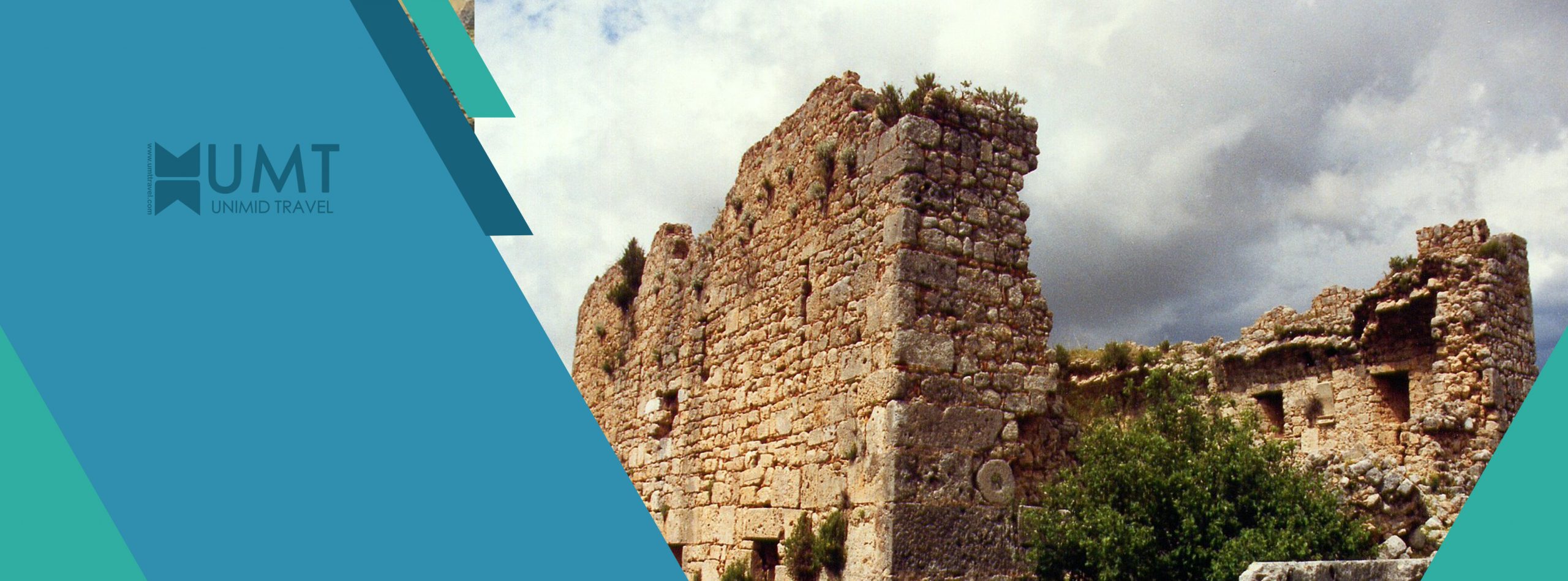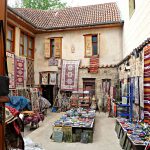Hightlight
-
 Air conditioner
Air conditioner
-
 Credit cards
Credit cards
-
 Reservations
Reservations
-
 Tour Guide
Tour Guide
Selge Ancient City (Selge Antik Kenti)
Selge Ancient City Bridge is 11 km away from the Selge Ancient City (Altınkaya Village) turn from the Oluk Köprü location of the Canyon. This road, which reaches the ancient city by climbing the mountains, has a very special view with special cypress forests, fairy chimneys, man rocks, devil rocks, interesting landforms and oleanders. When you go to Selge from Olukköprü, the air temperature drops by 10 degrees in summer. Selge Ancient City is one of the important cities of Pisidia Region. According to the historian Strabo, the city was founded during the Doric migrations towards the end of the Second Millennium BC. Selge (Zerk) was the first city in which money was minted in the Pisidia region, which is now known as Antalya. The fact that it is a native Anatolian city emerges from the name Estlegiiys read on the coins. He had connections with the cities of Pamphylia through the Eurymedon (Köprüçay) valley. He carried out his trade with the port of Aspendos at the mouth of the river and strengthened his relations with the currency union he established with Aspendos. The city, which was a part of the Lydian kingdom for a while before the Persian invasion of 547 BC, remained under Persian rule until Alexander the Great came in 334 BC. He received the reward of not causing difficulties for Alexander in the Hellenistic Period (330 BC-30 AD) and gained independence. The city, which had a population of 20 thousand in the Byzantine Period, came under the rule of the Turks in the 13th century. The ruins of the city that reached today consist of walls and acropolis. The ruins of the gymnasium, stoa, stadium and basilica have survived to the present day. However, the basic lines of the two temples remained. The strongest structure that has survived to the present day is M.S. It is a theater that was restored in the 3rd century. There are many ancient structures on the Köprüçay River and on the road route following it. (Kemer Bridge, Böğüm Bridge, Ancient Road, Garrison Buildings, Waterway, Chapel etc.)
Altınkaya Mahallesi – Manavgat / ANTALYA
Sillyon Antik Kenti
Located 8 km north of the Antalya-Alanya highway and dominating the Pamphylia plain, Silyon is built on a rocky hill. With this feature, it differs from other Pamphylia cities. Because when we look at the cities of Pamphylia, while Perge is a plain city, Side and Aspendos appear as port cities. We are always talking about the cities of Pamphylia, which are frequently found in the Antalya region. Who are these Pamphyllians? The word means the land of races. This feature distinguishes it from other regions. Another feature that distinguishes it from other cities is that they train mercenaries. The name of Sillyon was named Kastron, Kalekent, Sylviys in ancient sources. The name of the city, which minted its coin named Sylviys in the 3rd century BC, was changed to Sillyon during the Roman period and has preserved this name until today.
The Old Town of Antalya(Kaleiçi)
Without a doubt one of Antalya’s biggest attractions, the city’s Old Town (Kaleiçi) is fascinatingly historic and unfalteringly charming. Allow yourself to get lost in the narrow, cobbled streets and take in the unique Ottoman houses as you go. You’ll find an array of shops, galleries, restaurants and boutique hotels among the sea of white-washed buildings and distinctive terracotta roofs.
You’ll find picturesque squares dotted throughout the Old Town, with inviting restaurant seating spilling out onto the streets and historical monuments as the centrepiece. Be sure to seek out the iconic Saat Kulesi, a 19th-century clock tower with rough stone walls. You’ll easily be able to spot it on the Old Town skyline as you wander around.

























